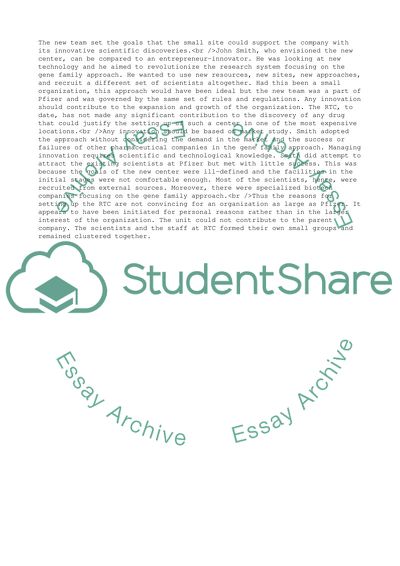Cite this document
(Building an Innovation Center Assignment Example | Topics and Well Written Essays - 1500 words, n.d.)
Building an Innovation Center Assignment Example | Topics and Well Written Essays - 1500 words. https://studentshare.org/management/1742532-managing-technology-pfizer-inc-building-an-innovation-center
Building an Innovation Center Assignment Example | Topics and Well Written Essays - 1500 words. https://studentshare.org/management/1742532-managing-technology-pfizer-inc-building-an-innovation-center
(Building an Innovation Center Assignment Example | Topics and Well Written Essays - 1500 Words)
Building an Innovation Center Assignment Example | Topics and Well Written Essays - 1500 Words. https://studentshare.org/management/1742532-managing-technology-pfizer-inc-building-an-innovation-center.
Building an Innovation Center Assignment Example | Topics and Well Written Essays - 1500 Words. https://studentshare.org/management/1742532-managing-technology-pfizer-inc-building-an-innovation-center.
“Building an Innovation Center Assignment Example | Topics and Well Written Essays - 1500 Words”. https://studentshare.org/management/1742532-managing-technology-pfizer-inc-building-an-innovation-center.


